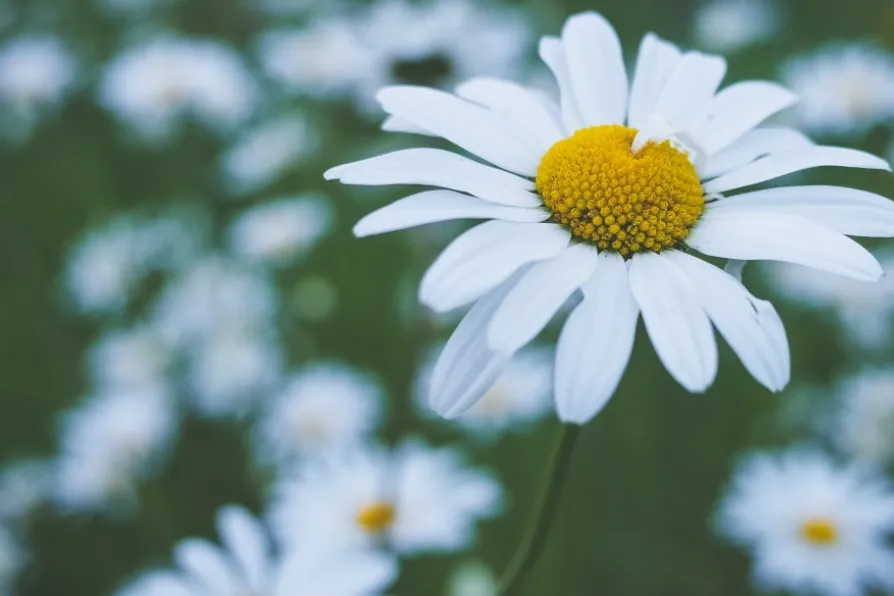Durham Miners’ Association general secretary ALAN MARDGHUM speaks to Ben Chacko ahead of Gala Day 2025


IF you have a small, or large, area of grass you can do your bit and make your own wildflower plot. Here’s how, with thanks to the RSPB for its advice.
Wildflower meadows grow better on unproductive soil, where vigorous grasses don’t out-compete the flowers. Choose a suitable area. You might want to turn part of your lawn, or an old flower border into your new wildflower meadow.
Preparing the ground and removing the weeds may take several weeks and you can do this at any time of year. Autumn will be the best month for sowing your seeds. The plot needs to be somewhere open and sunny but can be flat or sloping.
You will need to reduce the fertility as your soil is likely to be too rich for a meadow if it’s had plenty of fertiliser added over the years. The best way to reduce the fertility is to remove the top three to six inches of topsoil, using a turf cutter or a spade and muscle-power!
Much easier you can reduce the fertility by sowing a crop of mustard plants in the first year. They’re notoriously hungry plants and will remove some of the nutrients from the soil.
Once you have bare soil, dig it and get rid of any weeds. You want to create a fine crumbly bed for seed-sowing. Cover it with something to keep out the light so that any weed seeds already in the soil germinate and die.
Choose your seed mix. Good mixes include birds-foot trefoil (important for common blue butterfly caterpillars)
and common sorrel (important for small copper butterfly caterpillars).
Others to consider are cowslip, field scabious, hoary plantain, greater and common knapweed, lady’s bedstraw, meadow buttercup, ox-eye daisy, red clover, ribwort plantain, wild carrot, yarrow, plus a range of wild grasses, such as bents, fescues and crested dogstail but not modern lawn grasses.
Make sure you include the magic ingredient yellow rattle, an annual flower that has a special ability to reduce the vigour of the grasses.
Ready-mixed wildflower seeds are available. Scatter the seed evenly across the ground and you may need to net it from birds.
Keep it well watered until it has established. In the first growing season, cut the growth in midsummer and remove all the dead, spent material In subsequent seasons do not mow from early April to late July, August or even early September.
It’s best to vary the time you cut each year. Cut the hay in dry weather. It will probably be too high for a mower, so use a sickle.
Leave it lying on the ground for up to a week for the seeds to drop, and then clear it all away for compost.
Give it a couple more cuts during the autumn and maybe once in early spring if it needs it.



















